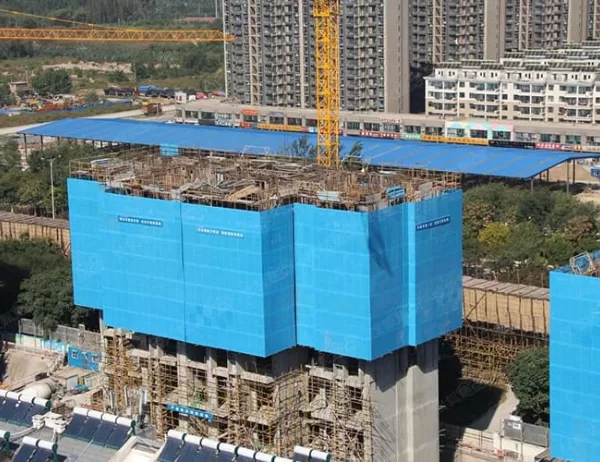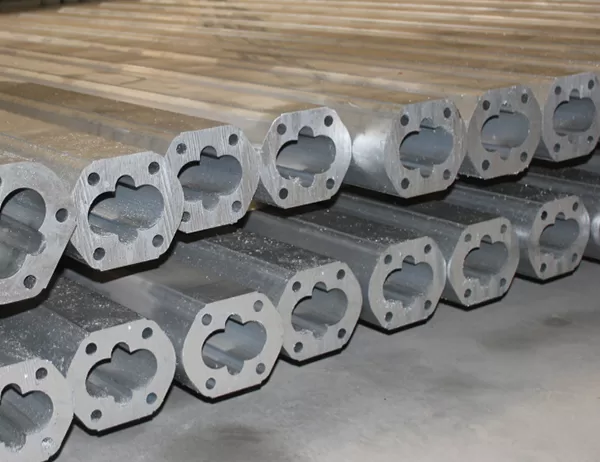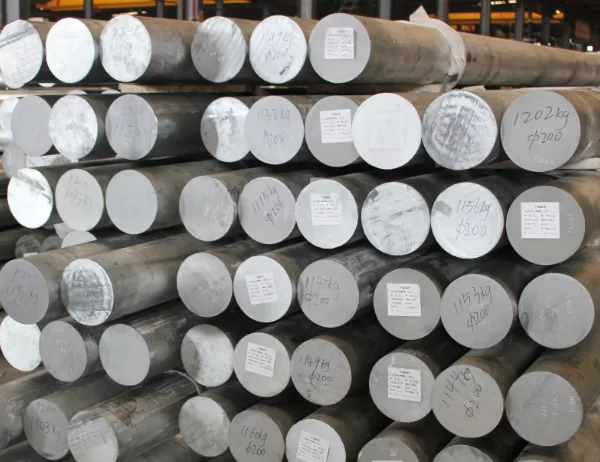Aluminum T extrusions, a prevalent choice in various industries, offer exceptional versatility and durability. Understanding their characteristics, selection process, and application guidelines is crucial for optimal utilization. This article aims to provide a comprehensive guide for beginners, empowering them to make informed decisions when working with aluminum T extrusions.
Aluminum T extrusions are formed by forcing molten aluminum through a custom-shaped die, resulting in precise and complex cross-sections. Unlike rolled or forged aluminum, extrusions offer greater design freedom and consistent dimensional accuracy. Their intrinsic strength, corrosion resistance, and lightweight properties make them suitable for a wide range of applications.
Aluminum T extrusions possess several noteworthy properties:
High Strength-to-Weight Ratio:
Aluminum extrusions combine strength with low weight, making them ideal for load-bearing structures where weight is a concern.
Exceptional Corrosion Resistance:
Aluminum’s natural oxide layer provides excellent protection against corrosion, reducing maintenance costs and ensuring durability in harsh environments.
Flexibility and Versatility:
The extrusion process allows for intricate designs and complex cross-sections, catering to specific application requirements.
Environmental Sustainability:
Aluminum is recyclable, contributing to sustainable construction and reducing environmental impact.
When selecting aluminum T extrusions, several factors must be taken into account:
Alloy Selection:
Different aluminum alloys provide varying properties, such as strength, corrosion resistance, and machinability. Choosing the appropriate alloy is essential for meeting specific application demands.
Cross-Sectional Shape:
Extrusions come in a vast array of cross-sectional shapes, including T-shapes, I-beams, channels, and angles. Selecting the optimal shape ensures structural integrity and meets functional requirements.
Size and Dimensions:
Accurate sizing is crucial for proper fit and performance. Extrusions can be customized to precise lengths, widths, and thicknesses to accommodate specific project specifications.
Surface Finish:
The surface finish of extrusions affects their appearance, corrosion resistance, and suitability for certain applications. Options include mill finish, anodized, or powder-coated finishes.
The versatility of aluminum T extrusions makes them applicable in numerous industries:
Construction:
Curtain walls, windows, doors, framing, and roofing systems.
Automotive:
Frames, bumpers, and interior trim.
Aerospace:
Aircraft skins, structural components, and landing gear.
Industrial Machinery:
Conveyors, guarding, and supports.
Furniture:
Chairs, tables, and shelving units.
Proper fabrication and assembly techniques are essential to harness the full potential of aluminum T extrusions:
Cutting and Machining:
Extrusions can be cut using saws, shears, or CNC machines. Drilling, tapping, and other machining operations enhance functionality and facilitate assembly.
Joining Methods:
Welding, riveting, and bolting are common joining methods for aluminum extrusions. Selecting the appropriate method depends on factors such as strength, corrosion resistance, and the desired aesthetic outcome.
Assembly Considerations:
Proper alignment and secure fastening techniques ensure the structural integrity and longevity of assembled components.
In conclusion, Aluminum T Extrusions: A Beginner’s Guide to Selection and Use provides invaluable insights into the properties, selection criteria, applications, and fabrication techniques of these versatile building blocks. By understanding and implementing the guidelines outlined in this article, individuals can maximize the benefits of aluminum T extrusions in their projects, achieving optimal performance, durability, and aesthetic appeal.




